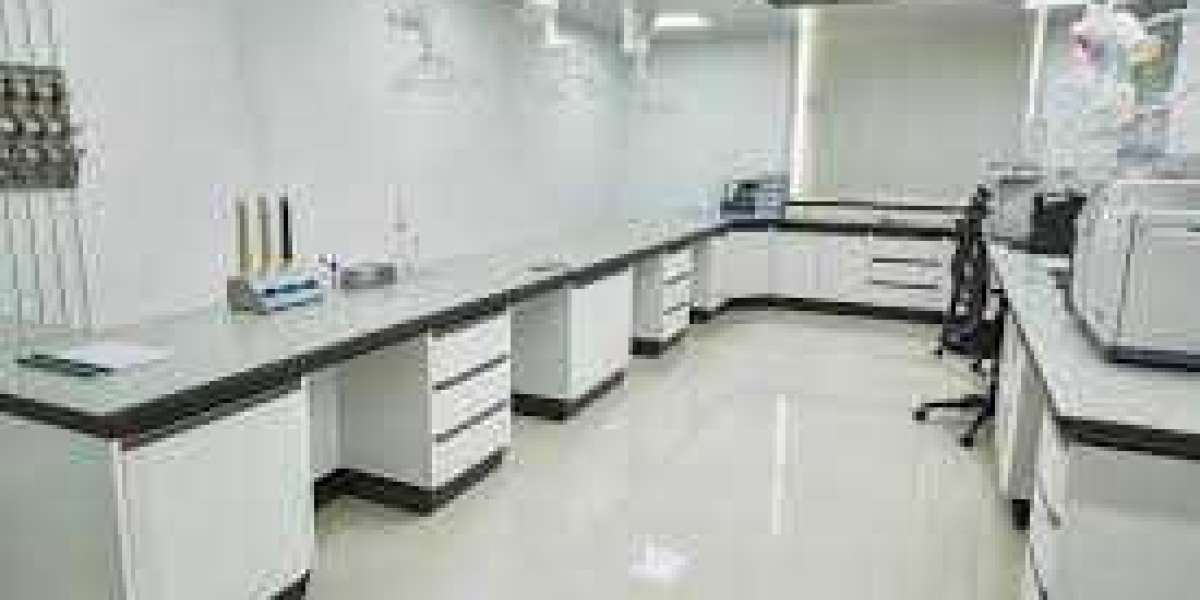In the realm of scientific research, the laboratory serves as a dynamic hub where precision and functionality are paramount. Every element within this space, including the furniture, plays a crucial role in facilitating experimentation, analysis, and innovation. Customizing laboratory furniture to meet specific research needs not only enhances efficiency but also ensures safety and compliance with industry standards. Let's delve into the art of tailoring laboratory furniture to create a workspace that fosters scientific excellence.
- Identify Research Requirements
Before customizing laboratory furniture, it's essential to identify the specific requirements of your research activities. Consider the type of experiments and analyses conducted in the lab, as well as the equipment and instruments used. Whether it's a biology lab requiring specialized workstations for cell culture or a chemistry lab needing chemical-resistant countertops, understanding these needs is the first step toward designing furniture that optimizes workflow and functionality.
- Prioritize Safety and Compliance
Safety is paramount in laboratory environments, where hazardous materials and processes are often present. When customizing laboratory furniture, prioritize safety features such as chemical-resistant surfaces, fire-retardant materials, and ergonomic designs that minimize the risk of accidents and injuries. Ensure that the furniture complies with relevant industry standards and regulations, such as those set forth by organizations like OSHA (Occupational Safety and Health Administration) and ANSI (American National Standards Institute).
- Optimize Workstation Layout
Efficient workflow is essential in laboratory settings, where researchers may need to move quickly between different tasks and instruments. Customized laboratory furniture should be designed to optimize workstation layout, minimizing unnecessary movement and maximizing productivity. Consider factors such as ergonomic seating, adjustable work surfaces, and strategically placed storage solutions to create a seamless and ergonomic work environment.
- Incorporate Modular Design
Modular furniture design offers flexibility and scalability, allowing laboratories to adapt to changing research needs and spatial constraints. Customized laboratory furniture can be designed with modular components that can be easily reconfigured or expanded as needed. This modular approach facilitates efficient use of space and resources, ensuring that the laboratory remains agile and responsive to evolving research demands.
- Integrate Specialized Features
Customized laboratory furniture can incorporate specialized features tailored to specific research requirements. This may include built-in sinks and drainage systems for wet labs, fume hoods and ventilation systems for handling hazardous chemicals, or vibration-isolated workstations for sensitive equipment such as microscopes. By integrating these specialized features into the design, laboratories can enhance functionality and support a wide range of scientific activities.
- Enhance Organization and Accessibility
An organized and clutter-free workspace is essential for maintaining efficiency and productivity in the laboratory. Customized laboratory furniture should include features that promote organization and accessibility, such as integrated storage cabinets, shelving units, and instrument racks. Design furniture layouts that minimize clutter and provide easy access to essential tools and supplies, allowing researchers to focus on their work without distractions.
- Embrace Sustainability
Incorporating sustainable practices into laboratory furniture design is not only environmentally responsible but also economically beneficial. Choose materials that are eco-friendly and renewable, such as FSC-certified wood or recycled metal alloys. Design furniture with longevity in mind, using durable materials that can withstand the rigors of laboratory use and can be easily repaired or recycled at the end of their lifecycle.
By customizing laboratory furniture to meet the specific needs of scientific research, laboratories can create a workspace that promotes efficiency, safety, and innovation. Whether it's optimizing workstation layout, integrating specialized features, or embracing sustainable practices, custom-designed laboratory furniture plays a crucial role in fostering scientific excellence and advancing knowledge across diverse fields of study.
Maximizing Flexibility with Modular Modern Office Furniture
What are the considerations for selecting appropriate flooring materials in corporate office design?








